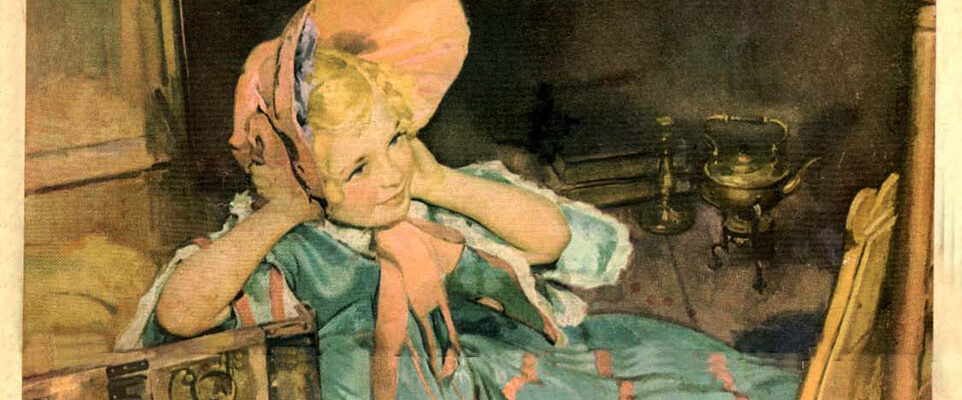In 1911, The Progressive Farmer, a popular rural oriented monthly magazine, started a crusade to promote the painting of southern farmhouses. The publication noted that painting a house added greatly to its beauty and attractiveness of the entire farm on which it was situated. In addition, there could be no doubt that it created a subtle psychological effect in bringing the residents to a more cheerful frame of mind.

The Popular Progressive Farmer Magazine, February 1940
The Farmer noted that there was something depressing about a weather-beaten, unpainted house with its negative consequence upon the temper and disposition of its occupants.
Therefore, the magazine advised its country readers to paint their farmhouse. They believed that the task would almost immediately persuade the occupants that they also needed to extend their hospitality to their surrounding farm. This would be extended by clearing ragged patches, stopping ruinous gullies and curing galled and sickly spots on the property. The assertion was that these residents would then take more interest in their own appearance. Once started, the benefits of painting seemed endless.
The publication further claimed that the newly painted house and farm would have a far reaching effect on the surrounding community. Since lumber was expensive and becoming more so all the time, paint would help preserve and lengthen the life of lumber.
The Progressive Farmer “scolded” the South for being the only section of the country in which the painted house was the exception rather than the rule. They strongly desired to reverse that. One excuse for the South's perceived backwardness was that cotton was selling for only five or six cents a pound while farm lands were worth from $7 to $10 an acre. Still, it was believed that most farmers could afford to paint their houses if they really wanted to.
“We would like to have every Progressive Farmer reader,” said the Raleigh-based company officials, “enlist himself or herself in this crusade for well-painted farmhouses and farms in the South. Of course, farmers who has had a great deal of family sickness, experienced some costly misfortune or who was struggling to pay off a mortgage, would be excused.”
For small-scale farmers in debt or boarders of the house, the house and other building could always be painted with inexpensive whitewash. This product was wholesome and had the capacity to brighten even the lowliest home.
The Progressive Farmer made a second appeal two years later saying, “We haven't lost one bit of interest in our campaign to make the South a land of painted farmhouses. If paint didn't help the wood at all, but only made the buildings look brighter, cheerfully, happier, more progressive, thrifty, more as if real folks lived there, it would even then pay handsomely to paint every farm building.”
One individual took the Farmer's advice seriously and offered his conclusion after painting his farm: “The very first coat brought my old house to life. It's wonderful what paint will do. It didn't make the house look new in the sense of making it appear like a house of today, but rather it carried it back to its youth. It was like making an old man young again.
“We could hardly wait for the paint to dry before starting the second coat,” said the gentleman, “and that carried us back another 25 years. Even my wife, who at the start had allowed that the old shack wasn't worth the effort, admitted that it looked nice.
“And the inside of the house looked as fine as the outside. When we began, the woodwork was discolored from both age and dirt. This made the whole interior look worse than a cheap tenement. Just $25 of white lead and oil changed this as though by magic into a clear white fresh look, as it had been when the house was first built. In three weeks, my $400 investment added $1,500 in legitimate value to the place.”
It would be interesting to know if this campaign met with any degree of success.

Comments are closed.